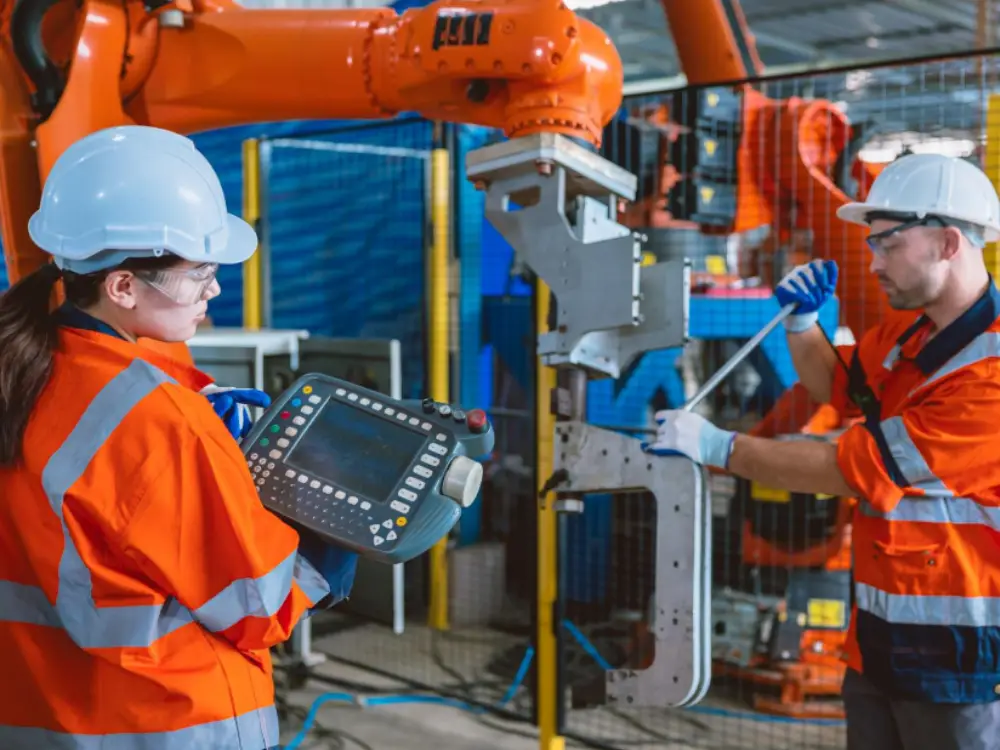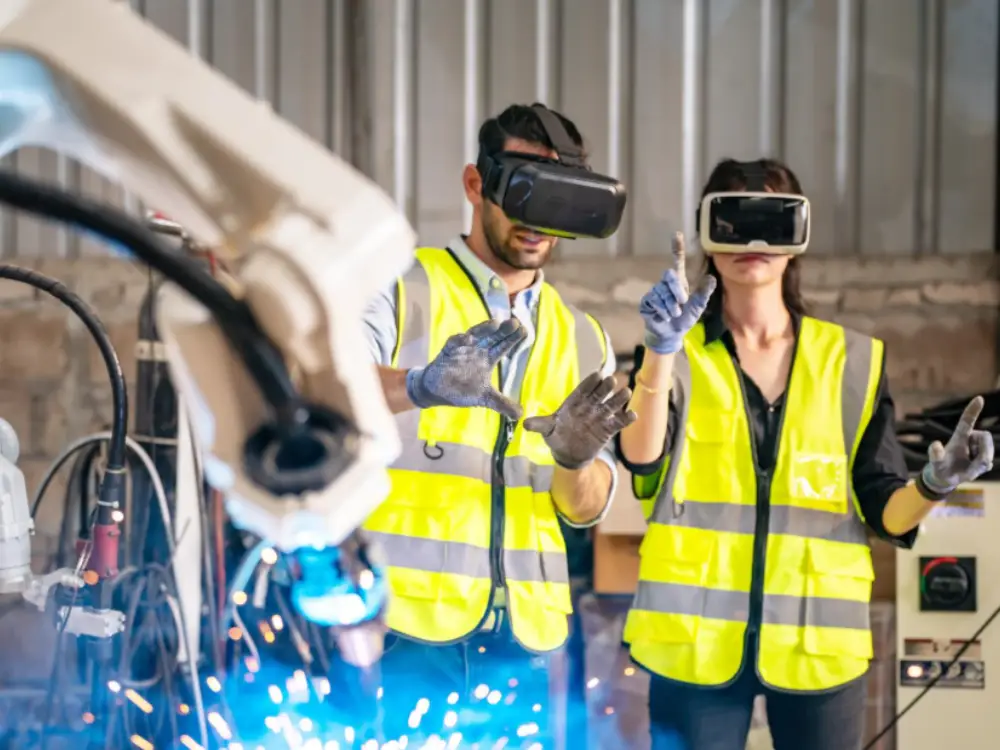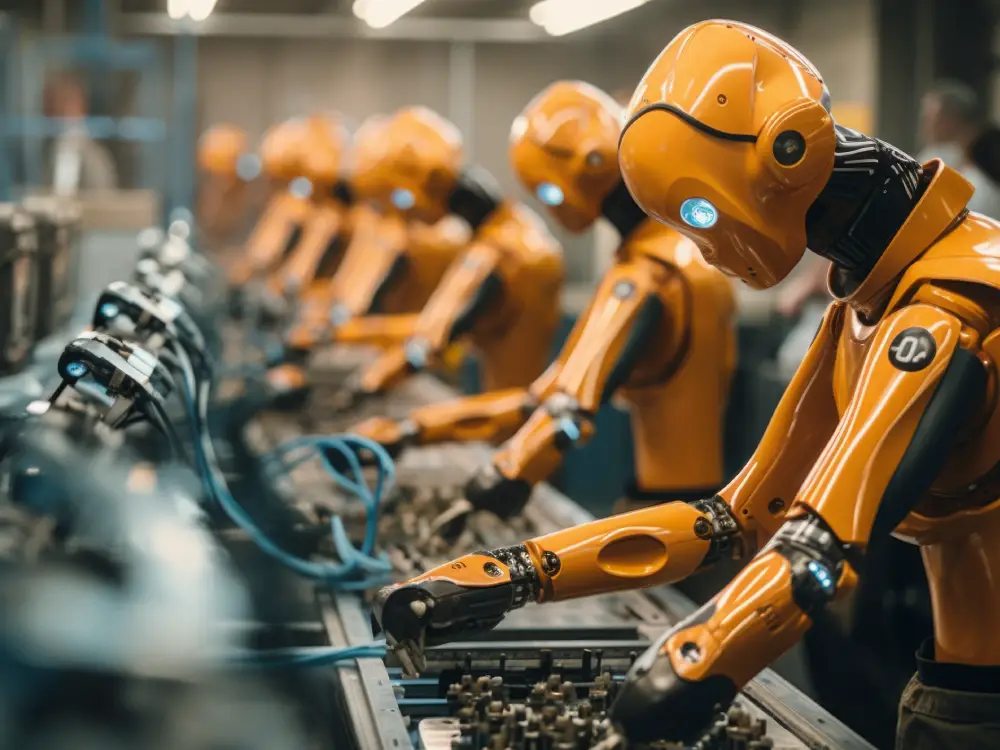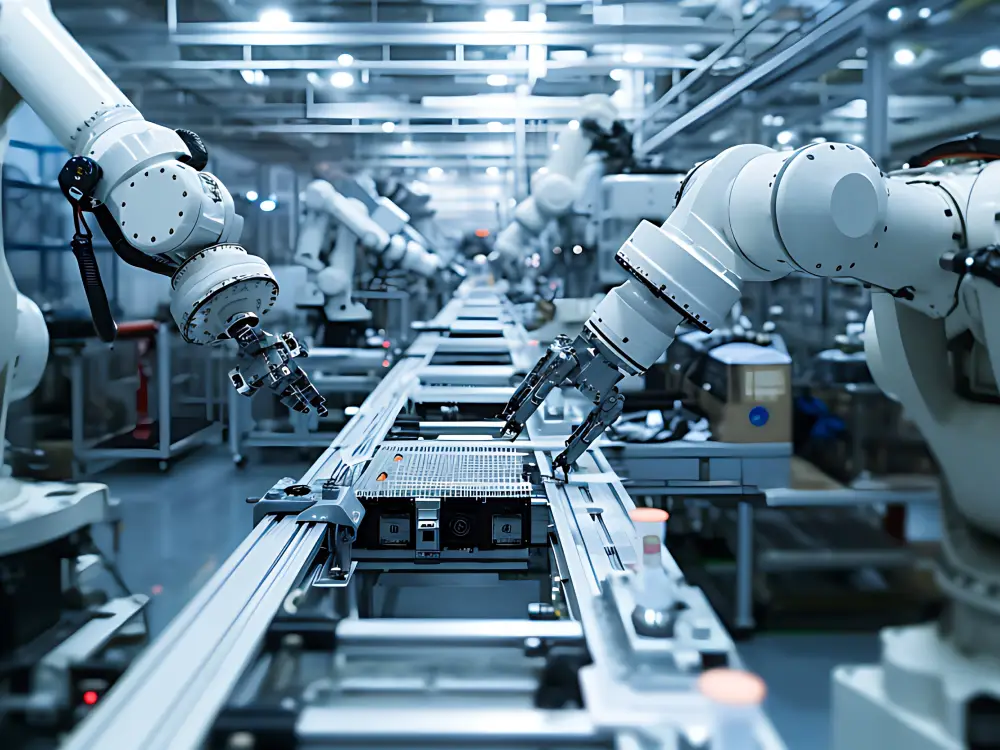In today’s engineering world, precision is everything. Whether you’re expanding a plant, modifying a pipeline, or creating as-built documentation, having accurate data about existing conditions is crucial. Traditional measurement methods are often time-consuming, prone to error, and limited in detail. That’s where 3D Laser Scanning has changed the game.
3D Laser Scanning is a revolutionary technology that captures real-world objects and environments in digital form with millimeter accuracy. It has become an essential tool in industries such as oil & gas, chemicals, pharmaceuticals, and construction-helping engineers visualize, design, and plan with confidence.
What is 3D Laser Scanning?
3D Laser Scanning is a non-contact measurement technique that uses laser light to capture the exact shape and dimensions of physical structures. The scanner emits laser beams that bounce back from surfaces, collecting millions of data points per second. These points together form a “point cloud”, which represents the scanned environment in 3D.
This point cloud can then be converted into 3D models, CAD drawings, or BIM data for engineering, design, and construction purposes.
In simple words: 3D Laser Scanning converts real-world plants into precise digital replicas.
How Does 3D Laser Scanning Work?
- Scanning – A laser scanner is placed at different locations to capture 360° data of the area or equipment.
- Point Cloud Generation – Each scan produces millions of XYZ coordinate points that describe surfaces.
- Registration – Multiple scans are combined (aligned) to form a single unified model of the entire site.
- Modeling – Engineers use specialized software (like Leica Cyclone, Autodesk ReCap, or AVEVA LFM) to convert point clouds into 3D CAD or intelligent plant models.
Core Principles of 3D Laser Scanning
3D Laser Scanning technology is based on a few core principles that make it so powerful:
- Accuracy – Capturing precise spatial data within millimeter tolerances.
- Speed – Scanning large areas or plants in hours instead of days.
- Safety – Reducing time spent in hazardous or restricted zones.
- Digital Documentation – Creating a permanent, detailed record of site conditions.
- Integration – Enabling seamless import of 3D data into design and engineering software.
Applications of 3D Laser Scanning in Industry
3D Laser Scanning is widely used across sectors for design, engineering, and maintenance:
- As-Built Documentation – Capturing exact plant layouts for modification, expansion, or relocation projects.
- Brownfield Engineering – Ensuring accurate tie-ins and avoiding clashes during revamp projects.
- Construction Verification – Comparing the actual construction against design models for quality assurance.
- Maintenance Planning – Analyzing wear, deformation, or alignment issues in equipment.
- Reverse Engineering – Recreating 3D models of existing machinery or components for reproduction or redesign.
- Safety & Compliance – Assessing clearances, access routes, and hazardous zones accurately.
Benefits of 3D Laser Scanning
The adoption of 3D Laser Scanning offers industries several significant advantages:
- High Accuracy – Achieves measurements that are nearly impossible with manual tools.
- Reduced Downtime – Scanning can be done quickly, minimizing plant shutdown time.
- Error Reduction – Eliminates rework by providing accurate as-built data for design alignment.
- Improved Collaboration – 3D models can be shared across teams for visualization and review.
- Cost Efficiency – Saves project costs by reducing errors, delays, and material waste.
Tools and Technologies Used in 3D Laser Scanning
Modern 3D laser scanning relies on advanced tools and software to capture and process precise data.
Common Tools and Platforms
- Laser Scanners: Many people utilize Leica, FARO, Trimble, and RIEGL laser scanners.
- Modeling Software: Examples include AVEVA E3D, Autodesk ReCap, Bentley ContextCapture, and SolidWorks.
- Point Cloud Management Tools: Leica Cyclone, CloudCompare, and Navisworks are frequently used.
- Aerial Scanning: Drones with LiDAR are used to survey large outdoor or elevated locations.
The Importance of 3D Laser Scanning Today
3D laser scanning has become a crucial tool as companies move toward digital transformation and Industry 5.0.
It serves as the foundation for digital twins, virtual factory tours, and precise project planning.
In a world where every millimeter matters, laser scanning reduces errors and uncertainty.
It helps engineers make safer, smarter, and more sustainable decisions.
What Professionals Need to Know About 3D Laser Scanning
Professionals working in 3D laser scanning require both technical and analytical expertise, including:
- Knowledge of P&IDs and Plant Layouts
- Understanding of 3D Modeling Software
- Managing Point Clouds and Data
- Attention to Detail and Accuracy
- Collaboration with design and site teams
The Future of 3D Laser Scanning
The next phase of 3D laser scanning lies in digital twin production and AI-based analysis. This technology will soon enable fully immersive digital environments by integrating IoT sensors, real-time monitoring, and augmented reality (AR).
Imagine walking through your entire facility virtually spotting issues, verifying equipment data, or planning modifications all from your office.
That’s the power of combining smart analytics, digital twins, and 3D scanning.
The End
3D Laser Scanning has transformed how businesses plan, design, and maintain their facilities. It bridges the physical and digital worlds with unmatched precision, improving decision-making, reducing risk, and saving both time and money.
In summary, 3D Laser Scanning helps engineers see what they can’t see, measure what they can’t reach, and create with confidence. As industries continue to modernize, this technology will remain central to innovation, precision, and efficiency.








